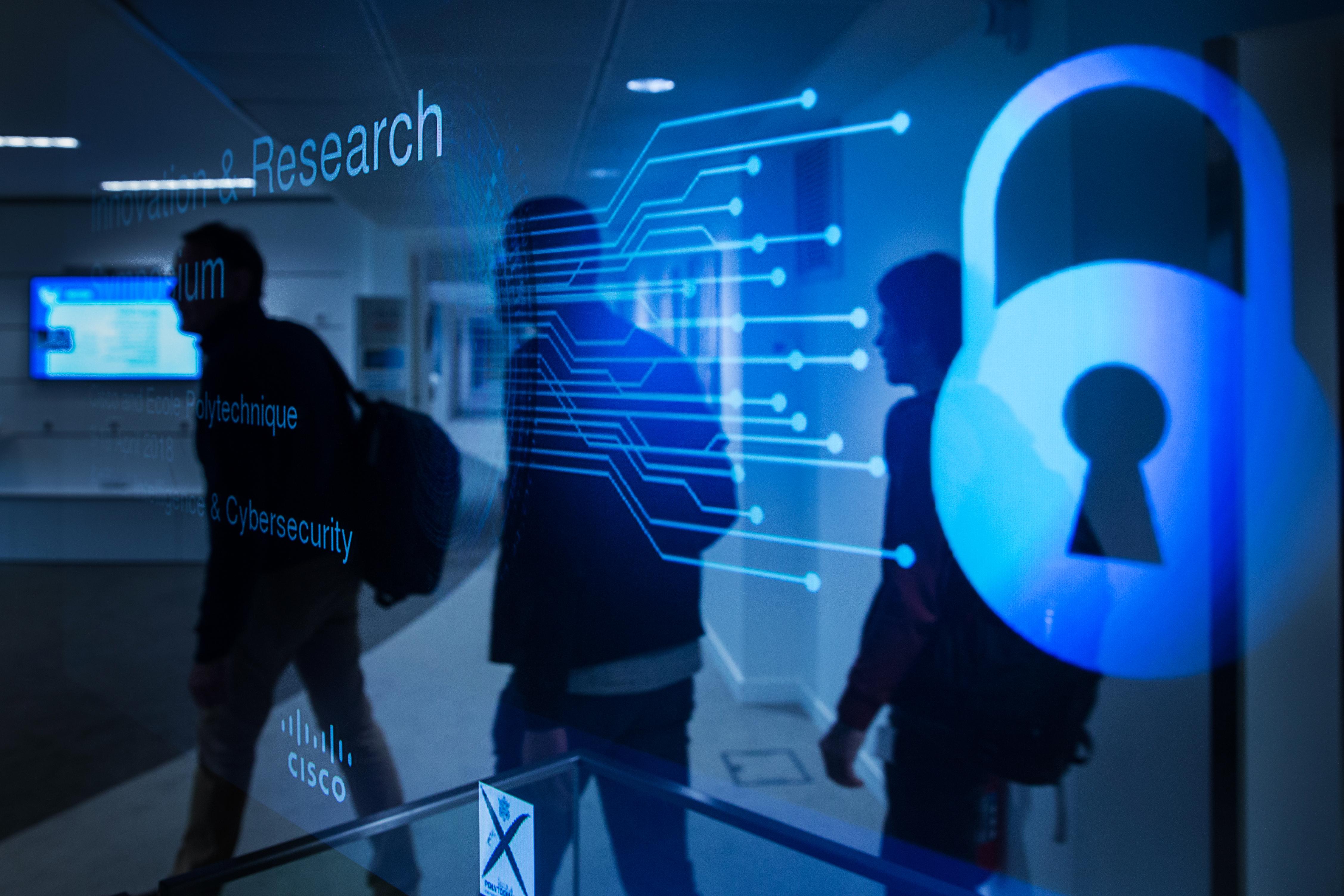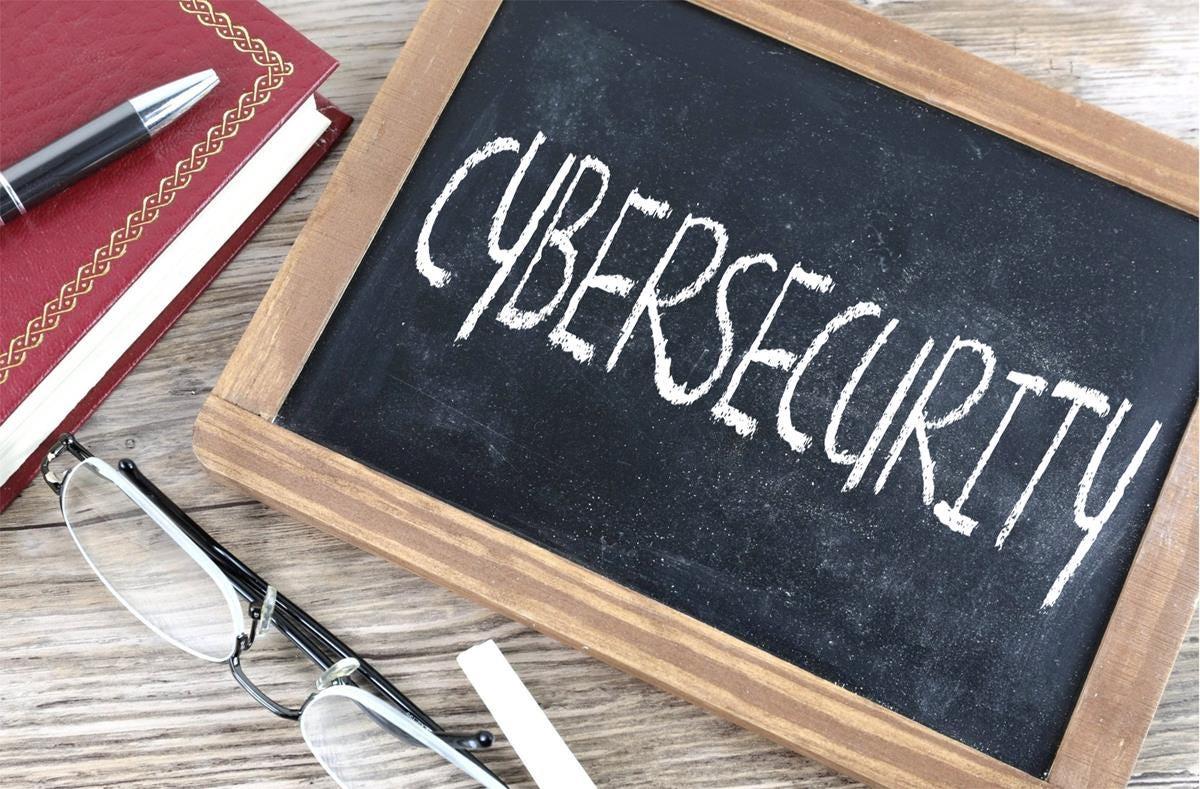In a world where an invisible battlefield stretches beyond our physical borders, where the clash of codes and the race for vulnerabilities take center stage, one thing remains constant: the paramount importance of cybersecurity in the digital age. As our lives become increasingly intertwined with technology, the safety and privacy of our data hang delicately in the balance, ready to be threatened at any given moment. As we navigate this interconnected world, it becomes imperative to shed light on the pressing need for protecting our data in a connected world – a daunting challenge that demands nothing short of digital fortresses and watchful guardians. Join us as we embark on a journey to explore the depths of this ever-evolving realm, uncovering the pillars of cybersecurity and unveiling the tactics of safeguarding our most valuable asset in the invisible battlegrounds of the digital era.
Cybersecurity Challenges: Understanding the Risks in the Digital Age
In today’s interconnected world, where information flows seamlessly through networks, ensuring the security of our data has become an increasingly complex challenge. Cybersecurity in the digital age is of paramount importance as businesses, organizations, and individuals are exposed to a wide range of risks that can compromise the confidentiality, integrity, and availability of sensitive information.
One of the main challenges in cybersecurity is the ever-evolving nature of threats. As technology advances, so do the tactics employed by cybercriminals. Malware, phishing attacks, and social engineering techniques are just a few examples of the methods used to exploit vulnerabilities and gain unauthorized access to systems and data.
To effectively address these challenges, it is crucial to understand the risks associated with the digital age. Awareness and education play a vital role in mitigating cybersecurity threats. Organizations must stay informed about the latest trends in cybercrime and regularly update their security measures to stay one step ahead. Implementing robust firewalls, intrusion detection systems, and encryption protocols are essential steps in protecting data from unauthorized access.
| Common Cybersecurity Challenges | Effective Measures |
|---|---|
| Data breaches | Regular security audits and vulnerability assessments |
| Phishing attacks | Employee training and awareness programs |
| Ransomware | Regular data backups and strong endpoint protection |
| Insider threats | Tight access controls and employee monitoring |
In conclusion, cybersecurity challenges in the digital age require a proactive and multi-layered defense strategy. It is essential to recognize the risks, invest in robust security solutions, and continuously educate employees and users about best practices to protect sensitive data. By staying vigilant and adapting to the evolving threat landscape, we can ensure a safer and more secure digital future.

Protecting Data: Best Practices and Strategies for a Connected World
In today’s digital age, where almost everything is connected, protecting our valuable data from cyber threats has become more important than ever. With the continuous evolution of technology and increasing connectivity, it is crucial to implement best practices and strategies to ensure the security of our data in this interconnected world.
One of the fundamental practices for protecting data in a connected world is to regularly update and patch software. Software vulnerabilities often serve as entry points for cybercriminals to compromise our data. By keeping our operating systems, applications, and plugins up to date, we can mitigate the risk of exploitation. Automation tools can be employed to streamline these updates to guarantee that our systems are well-protected.
Another crucial aspect of data protection is strong and unique passwords. Using easy-to-guess passwords or reusing the same password across multiple platforms is a recipe for disaster. Implementing a password manager can help generate and store complex passwords, making it easier to maintain a high level of security. Additionally, enabling two-factor authentication provides an added layer of protection by requiring an extra verification step, such as a fingerprint scan or a temporary code, before granting access.
The following strategies are essential for safeguarding data in a connected world:
- Regular backups: Regularly backing up our data is essential in case of a cyber attack or system failure. Cloud storage and external hard drives can be utilized to create reliable backups and ensure that our information is never completely lost.
- Network segmentation: Dividing our network into smaller, isolated segments can restrict unauthorized access and limit the damage caused by a potential breach. By implementing firewalls and conducting regular network audits, we can actively monitor and protect against any unauthorized activities.
- User education: Educating ourselves and our employees about the importance of cybersecurity measures is vital. Training sessions and awareness programs can help us identify potential threats, such as phishing emails or suspicious downloads, and prevent them from compromising our data.
In conclusion, safeguarding our data in a connected world is a continuous effort that requires constant vigilance and adherence to best practices. By updating software, using strong passwords, and implementing strategies such as regular backups, network segmentation, and user education, we can significantly reduce the risk of data breaches and protect our valuable information from cyber threats.

Ensuring Cyber Resilience: Proactive Measures for a Secure Environment
As we enter the digital age, the importance of cybersecurity has never been more crucial. With the world becoming increasingly connected, protecting sensitive data has become a top priority for individuals, businesses, and governments alike. In order to ensure a secure environment and maintain cyber resilience, proactive measures must be taken.
One of the key elements in safeguarding against cyber threats is the implementation of strong and reliable security systems. This includes firewalls, antivirus software, and encryption technologies. By utilizing these tools, organizations can create a barrier between their networks and potential attackers, minimizing the risk of data breaches or unauthorized access.
Another vital aspect of ensuring cyber resilience is regular training and education for employees. Human error is often the weakest link in cybersecurity, with phishing attacks and social engineering techniques becoming increasingly sophisticated. By educating staff on the latest scams and best practices for online safety, organizations can significantly reduce the chances of falling victim to these threats.
Best Practices for Cyber Resilience:
- Regularly update and patch software and systems to stay protected against the latest vulnerabilities.
- Implement multi-factor authentication to add an extra layer of security to user accounts.
- Perform regular backups of critical data to minimize the impact of a potential data breach or ransomware attack.
The Role of Incident Response:
In addition to preventive measures, having a well-defined incident response plan is essential for effective cyber resilience. This plan outlines the steps to be taken in the event of a security incident, allowing organizations to respond quickly and efficiently. It includes procedures for investigating, containing, and recovering from an attack, as well as communication strategies to keep stakeholders informed.
| Benefits of Incident Response Planning | Key Considerations |
|---|---|
| Timely detection and response to potential threats | Regularly reviewing and updating the incident response plan |
| Minimization of damage and loss | Defining roles and responsibilities within the incident response team |
| Reduced downtime and faster recovery | Conducting post-incident analysis to identify areas for improvement |
In conclusion, cyber resilience requires a proactive approach to safeguard data in our interconnected world. By implementing strong security systems, providing ongoing training, and having a well-defined incident response plan, organizations can significantly reduce the risk of cyber-attacks and ensure a secure environment.

Building a Strong Defense: Key Recommendations for Countering Cyber Threats
In the ever-evolving digital landscape, cybersecurity has become paramount in protecting sensitive data. With the exponential growth in cyber threats, it is crucial for organizations to build a robust defense system to safeguard their information. Here are some key recommendations to effectively counter cyber threats and ensure data protection in our connected world.
- Implement Multi-factor Authentication (MFA): By requiring users to provide multiple forms of identification, such as passwords, biometrics, or tokens, MFA adds an extra layer of security to prevent unauthorized access.
- Regularly Update Software: Keep all operating systems and applications up to date with the latest security patches. This helps to address vulnerabilities that could be exploited by hackers.
- Employ Robust Firewall Solutions: Firewall systems act as the first line of defense against cyber threats. Implementing both network and host-based firewalls provides an additional barrier to protect against unauthorized access and malicious activity.
- Conduct Regular Security Audits: Regularly assess your organization’s cybersecurity infrastructure to identify weaknesses and gaps in the defense system. This will enable you to proactively address vulnerabilities and stay one step ahead of potential cyberattacks.
Furthermore, fostering a culture of cybersecurity awareness among employees is essential. Educate them about common cyber threats and provide training on best practices to mitigate risks. Additionally, make backup and disaster recovery plans a priority to ensure business continuity in case of a breach or system failure.
| Common Cyber Threats | Preventive Measures |
|---|---|
| Phishing Emails | Implement email filters, educate employees about recognizing suspicious emails, and regularly update anti-malware software. |
| Ransomware Attacks | Regularly backup data, regularly patch and update software, and use robust anti-malware solutions. |
| Social Engineering | Train employees to be cautious about sharing sensitive information, use multi-factor authentication, and implement strict access controls. |
By implementing these key recommendations and continuously adapting to new threats, organizations can build a strong defense against cyber threats and protect valuable data in our interconnected world.
In a world where interconnectivity rules and information travels at the speed of light, the importance of cybersecurity cannot be overstated. As we traverse the vast landscapes of the digital age, navigating through the intricate web of data exchange, it becomes imperative to shed light on the paramount significance of safeguarding our valuable information.
The concept of cybersecurity may seem daunting, shrouded in complex algorithms, firewalls, and cryptic codes. However, it serves as the all-encompassing shield that defends against the lurking threats of the digital realm. It is the silent guardian that stands firmly, unyielding against the dark forces seeking to exploit our vulnerabilities.
With each passing day, our lives become intertwined with the digital world to an unprecedented degree. From banking transactions to medical records, from confidential documents to intellectual property, our most sensitive information is entrusted to the vast expanse of cyberspace. But as the stakes rise, so does the need to fortify our defenses.
Adopting a proactive stance in the face of cyber threats is no longer a luxury but a necessity. It is a shared responsibility that falls not only upon individuals but also upon organizations, governments, and the collective consciousness of society. Together, we must embrace the ideals of vigilance and resilience, unifying our efforts to confront the multifaceted challenges that lie ahead.
In this interconnected tapestry of individuals, businesses, and governments, no one can afford to be complacent. The key, therefore, lies in understanding the intricacies of cybersecurity and practicing best practices to protect ourselves and our assets from malevolent actors. By fostering a culture of education, awareness, and preparedness, we can forge a shield that is virtually impenetrable.
As technology advances and the digital landscape rapidly evolves, the battle rages on. But by staying vigilant, informed, and determined, we can strive towards a future where our data remains secure, our privacy remains intact, and our digital identities remain our own.
In this connected world, let us never forget that the power to protect lies in our hands, and it is through a collective effort that we shall overcome the challenges presented by the digital age. Together, armed with knowledge and united with determination, we can navigate the vast cyber seas with confidence, safeguarding our data and redefining the paradigm of cybersecurity in the digital age.




